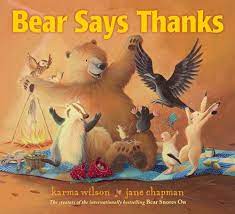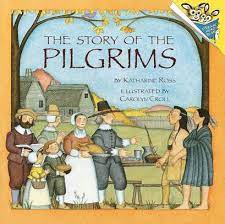Research abounds as to the cause of reading deficiencies. But, as a parent, your primary concern is identifying what is impeding your child’s progress, monitoring how your child’s school is supporting him, providing additional support if needed, and fostering routines at home that will enhance his progress.
Check Physical and Emotional Issues
Last week, I suggested you set up a conference with your child’s teacher if you have concerns about reading progress, and provided questions to guide that meeting. Today, I’d like to offer two other significant steps to help get your child on track.
In addition to conferencing with the teacher, check your child’s physical abilities to read. Sometimes it’s easy to ignore the obvious. We read with our bodies, as well as our mind. If a child has vision or hearing deficits, they can greatly affect their reading progress. Don’t neglect to have vision and hearing checked.
Many children have other problems that can impede reading progress. Hyperactivity, attention deficit, central auditory processing issues and emotional stress are a few common ones. If you think a disorder of some kind might be the culprit, rely on professionals and seek testing. Your pediatrician, school counselor, speech therapist and the Intermediate Units will help you identify your child’s strengths, weaknesses and needs. Don’t hesitate to raise your hand and get the help you need.
Create A Read-Aloud Routine
No doubt, the pandemic has impacted everyone’s lives. Perhaps there were some positives that evolved in your family. On the other hand, many parents with young children struggled to work from home and at the same time manage children and support their virtual education. Whew! It was a lot. Now that life appears to be returning to normal, it’s time to consider practical, comfortable ways to foster confidence and literacy skills in the home. This is essential if you have a youngster who is falling behind.
I’m the mom of five adult children, all in or near their forties. Both parents work, their children are in activities, and life is crazy busy for them. I have a bird’s eye view and totally get that they are “in the trenches” right now, juggling many balls. Therefore, my suggestions are just that. My goal is to offer ideas that I know work. It’s more important to spend a little time doing something that is effective with a struggling reader, than lots of time on an activity that means little or could decrease rather than increase a child’s confidence.
In my opinion, and the opinion of a multitude of educators and researchers, reading to and with your child is the best thing you can do to support reading. In an effort to keep this short, I’ll only discuss reading aloud to your child in this post.
Reading aloud to your child, no matter what his age or what his reading ability, offers excellent benefits. Without going into detail, I’ll list several important ones:
- Provides natural opportunities to listen and learn how language works, enhancing understanding of semantics, syntax and phonemic awareness.
- Builds vocabulary.
- Builds background knowledge.
- Provides examples of how text works: words, directionality, punctuation, etc.
- Provides opportunities to model good strategies. For example, you can help your child to notice match between pictures and print, stop and think, make predictions, make connections and ask questions to clear up confusion..
- Provides opportunity for an emotional connection between parent and child and a chance to discuss important themes that reveal themselves in literature.
- Provides a model of fluent reading.
- Builds confidence.
Whether you are reading for five minutes or forty-five minutes, this practice will give you the most bang for your buck. If it’s possible to regularly build reading aloud into your routine, you and your child will reap the reward. That’s a promise!
Next Thursday, I’ll discuss reading together and some pointers that will help you build your child’s skills and strategies. Please share your comments and questions. Your input can help foster a community of learning and support that will ultimately benefit our youngsters.







